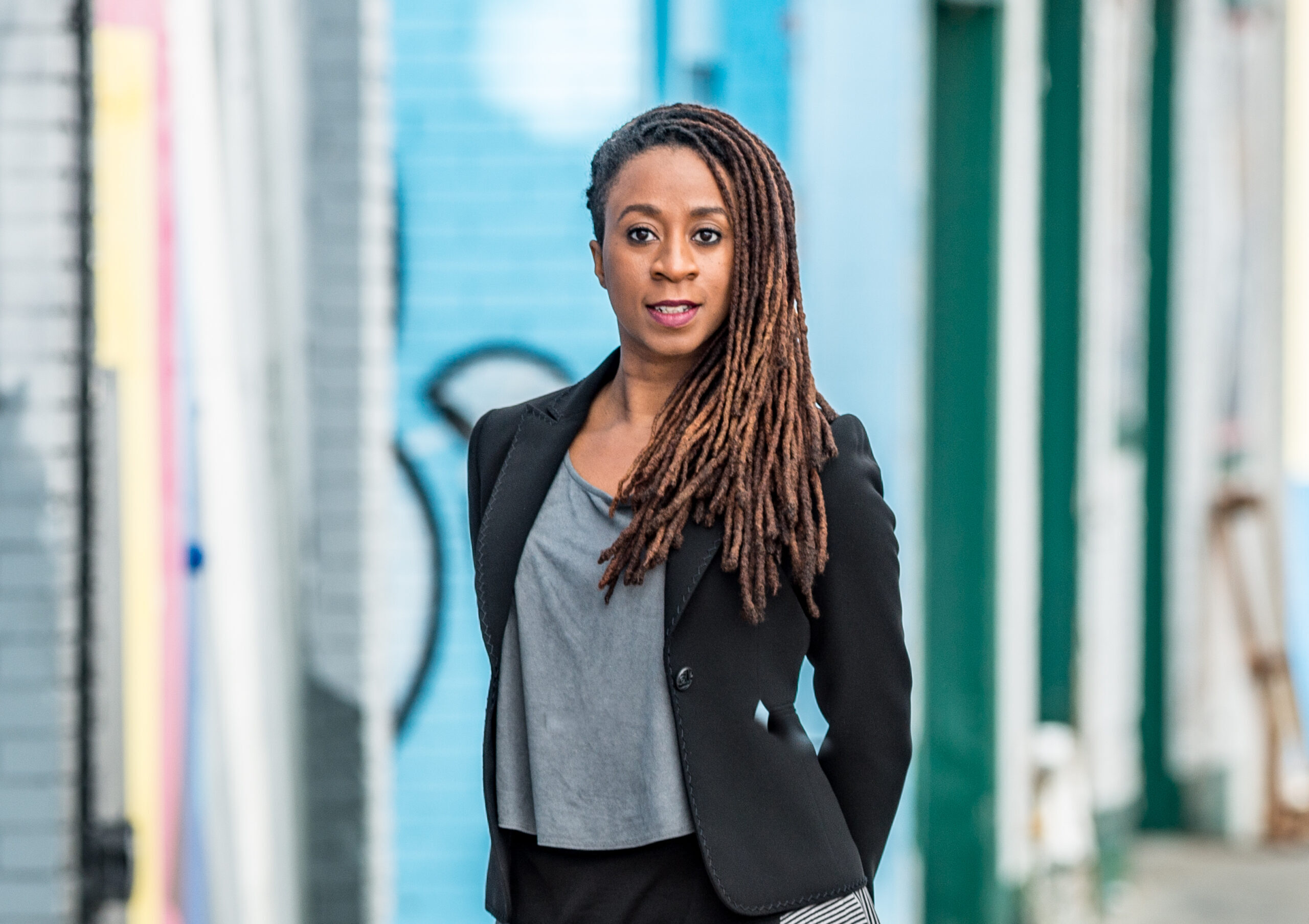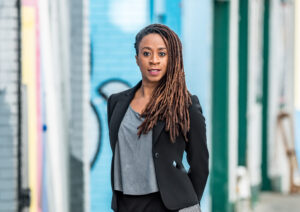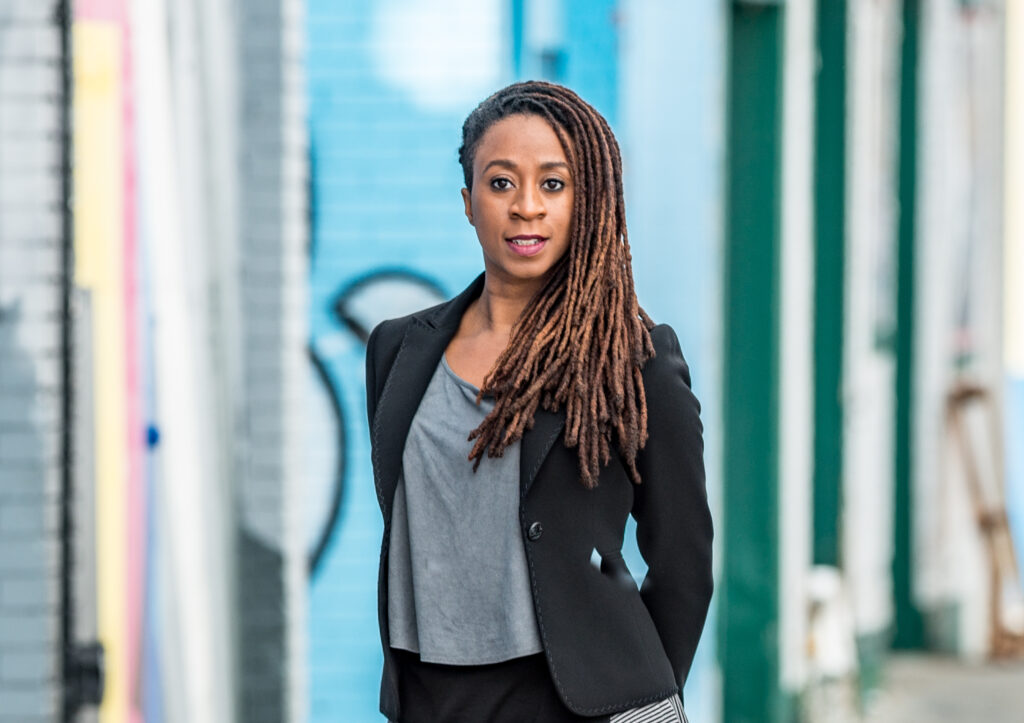Source: Special to Michigan News

Ryan Myers-Johnson. Photo credit: Kate Gowman.

Ryan Myers-Johnson. Photo credit: Kate Gowman.
University of Michigan graduate Ryan Myers-Johnson, founder and executive director of Sidewalk Detroit, created the festival as an annual event to honor the charm and uniqueness of Detroit’s neighborhood streetscapes.
The festival celebrates the vibrant culture and heritage of the Northwest Detroit neighborhood of Old Redford, known for its rich history and diverse community. With the participation of family and friends, the festival has become a significant occasion that brings people from all walks of life together to revel in the magic of this remarkable neighborhood. This year, the Sidewalk Festival has grown in its 10 years to more than 2,000 participants each summer.
Where did you get your start and introduction to the arts?
So I started at U-M in LSA, transferred to the School of Music, Theatre & Dance and got a degree in dance. After graduation, I wanted to explore New York artists’ scenes and work in film. Working outside of the theater space meant total democratization of art. I taught English in Japan, and it was just a great experience. Traveling while seeing the world and experiencing different things.
After traveling back to Detroit for a while, the city was at the height of the financial crisis in 2009 when I moved back. And the narrative around Detroit neighborhoods and students was negative at the time. We still grapple with it, but at that time, the foreclosure and economic crises were happening quite a lot.
I was a Detroit child of the ’80s and the ’90s. So, while it took me a long time to try, it was magical, like lots of tags (graffiti) on the street, block clubs, and community theaters in Detroit. And so we started a sidewalk festival with family and friends, which commissioned artists to take to the streets and make work that was responsive to the site but also socially relevant.
You have happily married the arts, community, and service together. Talk about the impact of this growth and this continued transition in Sidewalk Detroit.
I’ve always been a curious person who follows or does many different tests. And I think I kind of found my calling. Our team operates sort of as a creative space think tank. We can do whatever we want it as it relates to public space and creativity. So sometimes that means we’re planning a universe. In that case, we collaborate with architects and city planners. Occasionally, we’re activating event producers and curators. If you’re working specifically with communities we’re trying to heal from some systemic harm, maybe we’re just facilitators. Sometimes we can work as educators and trainers, a lot of planners and developers.
Ten years down, what is next for you and Sidewalk Detroit?
I’m excited about thinking more about green equity and the artist’s role in mitigating the effects of climate change. I’ve been learning a lot about environmental racism and how it affects people here in Detroit and across the nation. I’m also interested in spatial reparations. People want to talk about public space, safety, etc. When we look at the history of Detroit, that’s a classic question when you’re outside. So when we look at what made Detroit what it is, some of it is just, unfortunately, the white supremacy present at times in city planning. Most of Detroit’s strong and healthy neighborhoods, like many black and brown neighborhoods across the nation, were destroyed by transit-based infrastructure or other things. So, as city builders trying to reverse that, we will take up space and rebuild our community.


